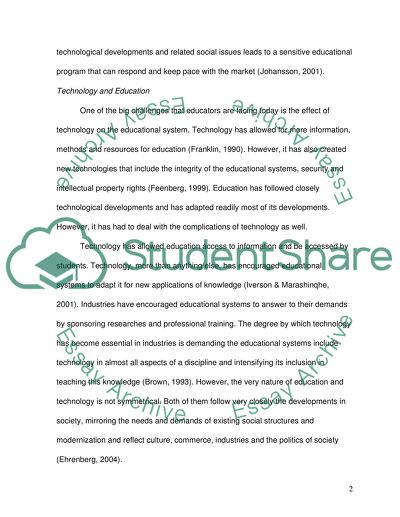Cite this document
(Graphic Design: From Yesterday to Present Times Term Paper Example | Topics and Well Written Essays - 1500 words, n.d.)
Graphic Design: From Yesterday to Present Times Term Paper Example | Topics and Well Written Essays - 1500 words. https://studentshare.org/design-technology/1512324-graphic-design-from-yesterday-to-present-times
Graphic Design: From Yesterday to Present Times Term Paper Example | Topics and Well Written Essays - 1500 words. https://studentshare.org/design-technology/1512324-graphic-design-from-yesterday-to-present-times
(Graphic Design: From Yesterday to Present Times Term Paper Example | Topics and Well Written Essays - 1500 Words)
Graphic Design: From Yesterday to Present Times Term Paper Example | Topics and Well Written Essays - 1500 Words. https://studentshare.org/design-technology/1512324-graphic-design-from-yesterday-to-present-times.
Graphic Design: From Yesterday to Present Times Term Paper Example | Topics and Well Written Essays - 1500 Words. https://studentshare.org/design-technology/1512324-graphic-design-from-yesterday-to-present-times.
“Graphic Design: From Yesterday to Present Times Term Paper Example | Topics and Well Written Essays - 1500 Words”. https://studentshare.org/design-technology/1512324-graphic-design-from-yesterday-to-present-times.


